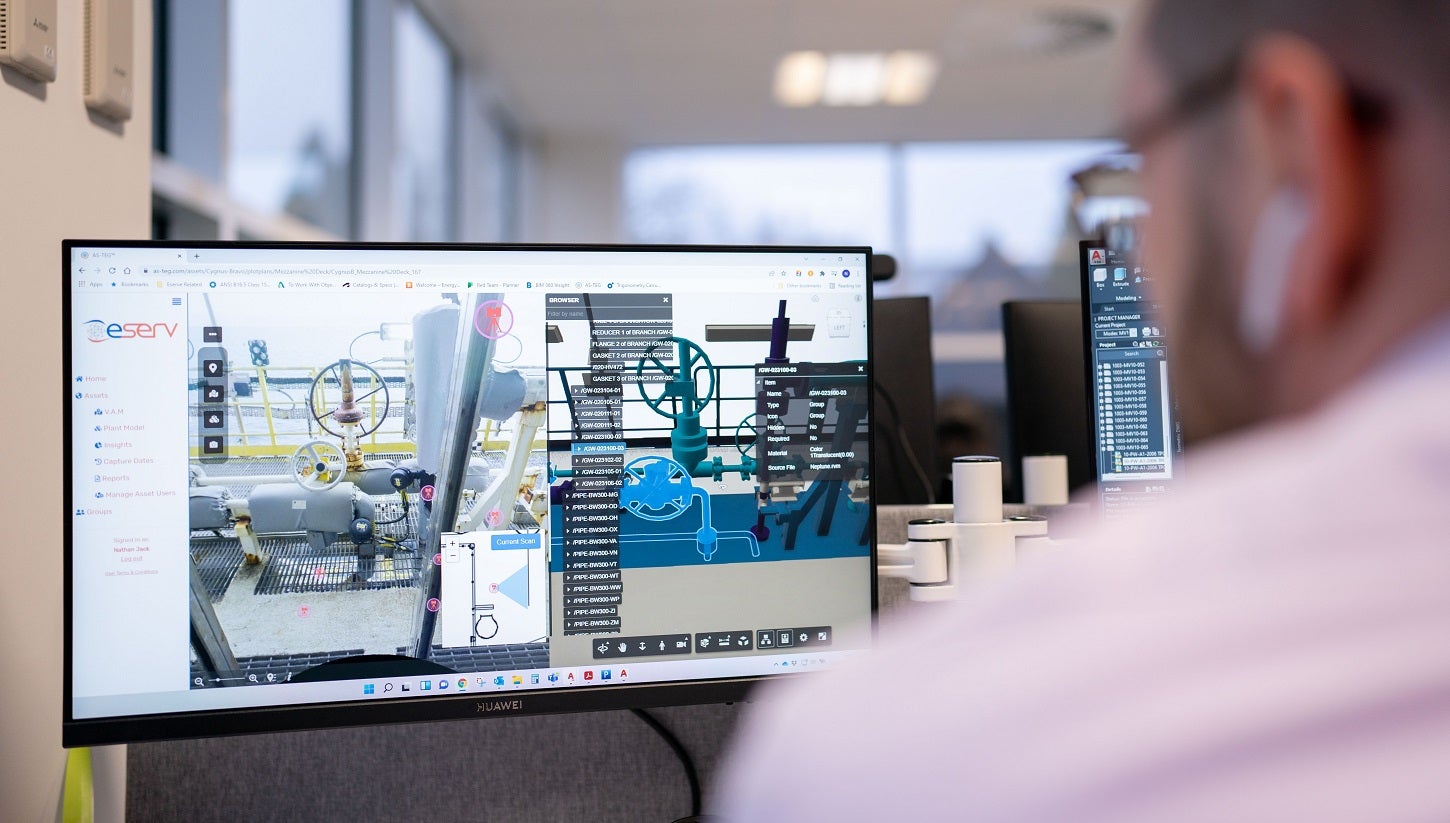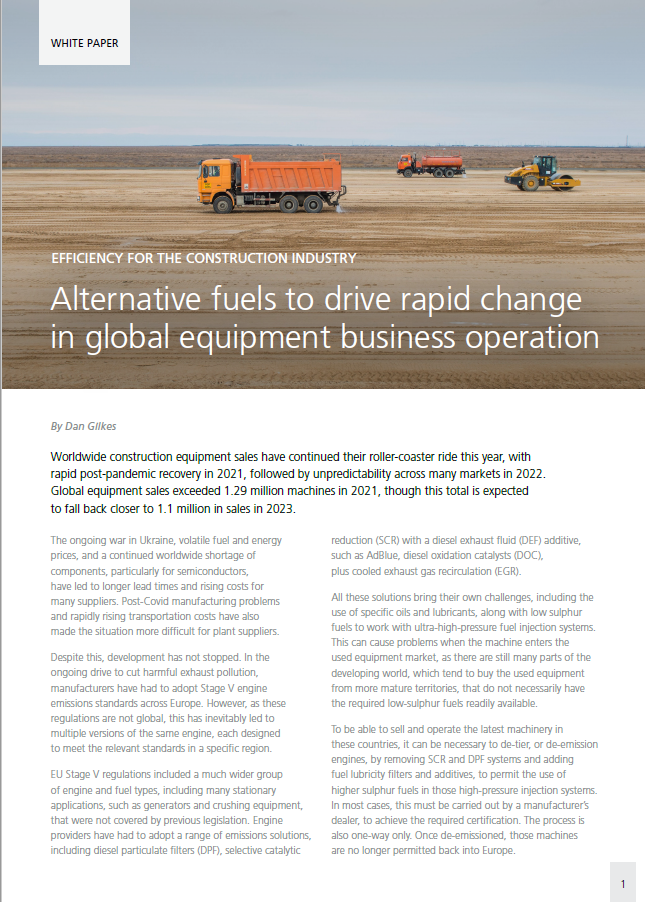
Neptune Energy has signed an agreement with UK-based 3D technology company Eserv to create digital twin software for two platforms in the Dutch North Sea.
Eserv will digitise the Neptune-operated D15-A and K12-C platforms that are located offshore Netherlands.
How well do you really know your competitors?
Access the most comprehensive Company Profiles on the market, powered by GlobalData. Save hours of research. Gain competitive edge.

Thank you!
Your download email will arrive shortly
Not ready to buy yet? Download a free sample
We are confident about the unique quality of our Company Profiles. However, we want you to make the most beneficial decision for your business, so we offer a free sample that you can download by submitting the below form
By GlobalDataThe new digital twin software, which will bring Neptune’s portfolio of digitised assets to 14, will allow engineers to undertake traditional offshore work from an onshore location, thus accelerating work schedules and cutting costs.
Eserv’s digital twin software will allow Neptune teams to perform routine inspection and planning activities of the platforms from onshore and visit the assets virtually. It eliminates the need for flying to the offshore platforms.
Neptune Energy Netherlands operations director Stephane Lacote said: “The use of 3D technologies such as digital twins has provided significant benefits including reducing operational costs by enabling traditional offshore activities to be completed quickly and efficiently, without travelling offshore.
“Our engineering teams can now virtually visit platforms to support the safe running of operations from anywhere on the planet.”
Neptune Energy said it is digitising operational assets to improve productivity and safety while reducing environmental impacts.
Last year, Neptune signed a three-year contract with Eserv that will see the latter’s AS-TEG digital twin scaled across the Neptune’s global operations.
The AS-TEG is designed to provide a contextualised digital twin proven to allow operators to perform their traditional offshore work, from the desktop onshore.




